Medicaid
The Essentials
5 Facts: Medicaid and Provider Taxes
As Congress weighs potential cuts in federal Medicaid spending, one option under consideration is to limit the use of state taxes on providers. This brief describe states’ current provider taxes and the federal rules governing them.5 Facts: Medicaid Work Requirements
This brief highlights five key facts about Medicaid work requirements, including the share of Medicaid enrollees who currently work, what research shows about the impact of work requirements, and the administrative burdens associated with implementing them.Implementing National Work Requirements
Federal Medicaid work requirements raise many operational and implementation questions, particularly considering the experience of Arkansas and Georgia with implementing work requirements through waivers.Medicaid Financing: The Basics
Medicaid represents $1 out of $6 spent on health care in the U.S. and is the major source of financing for state health coverage and long-term services and supports for low-income residents.
Eligibility and coverage
Eligibility, Enrollment, and Renewal Policies
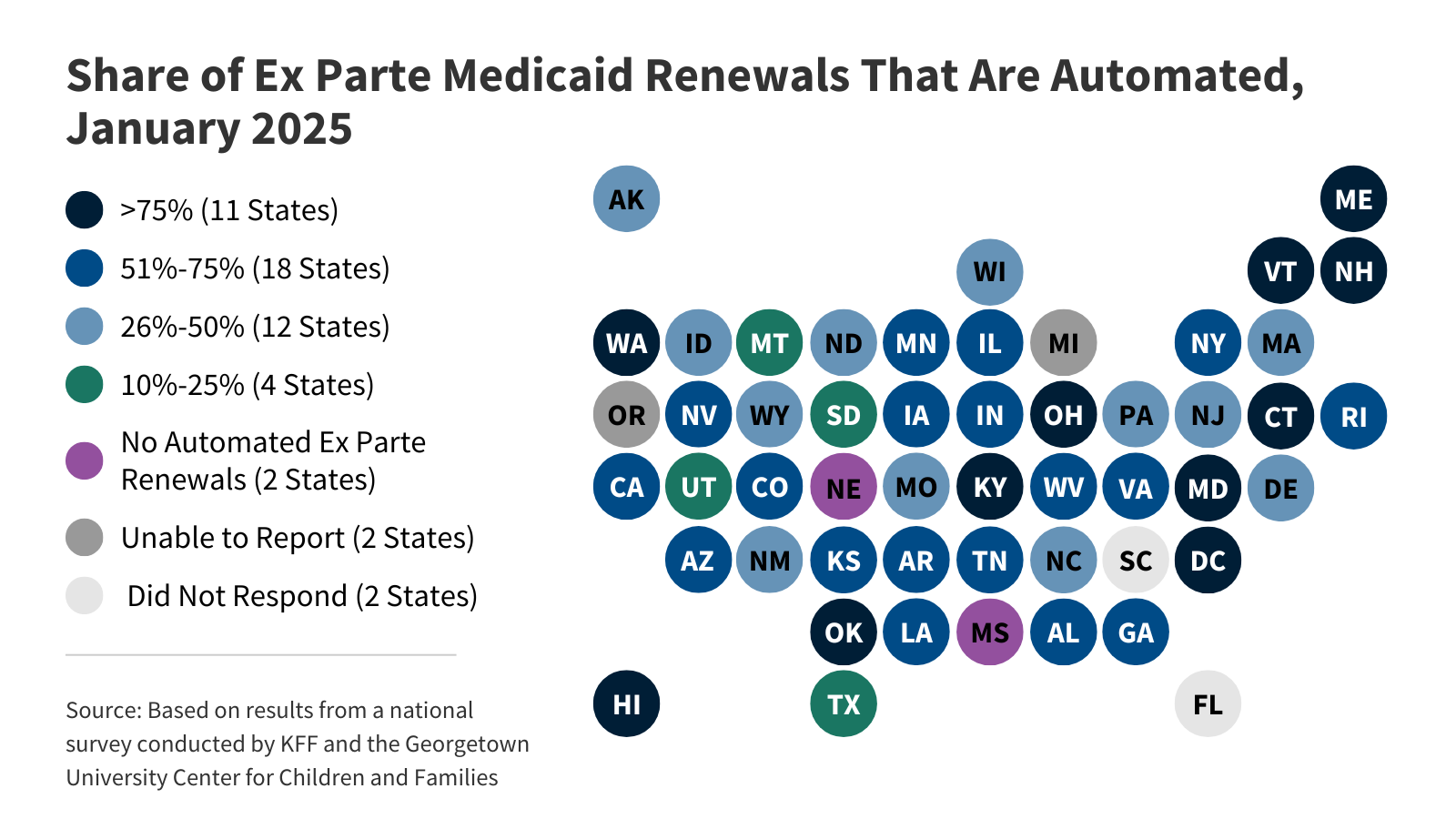 KFF’s survey findings capture state actions that seek to improve the accuracy and efficiency of Medicaid and CHIP enrollment and renewal processes, as of January 2025.
KFF’s survey findings capture state actions that seek to improve the accuracy and efficiency of Medicaid and CHIP enrollment and renewal processes, as of January 2025.Seniors and People with Disabilities
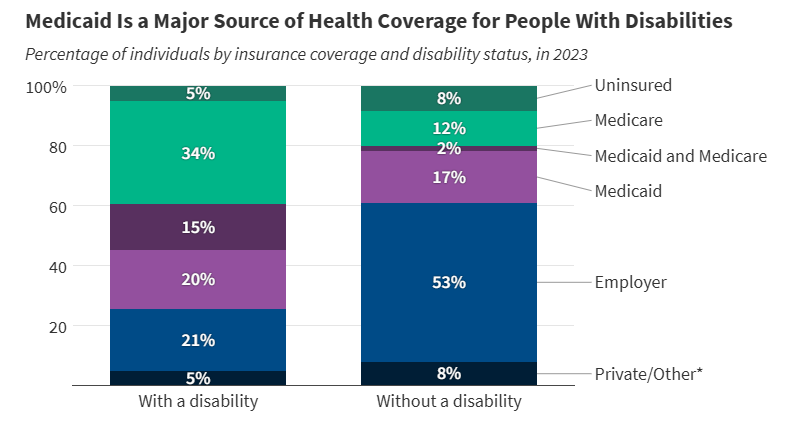 More than 1 in 3 people with disabilities (15 million) have Medicaid (35%). In comparison, only 19% of people without disabilities have Medicaid.
More than 1 in 3 people with disabilities (15 million) have Medicaid (35%). In comparison, only 19% of people without disabilities have Medicaid.Children with Special Health Care Needs
 Amid debates about proposed cuts to federal Medicaid spending, this brief analyzes key characteristics of children with special health care needs and explores how Medicaid provides them with coverage.
Amid debates about proposed cuts to federal Medicaid spending, this brief analyzes key characteristics of children with special health care needs and explores how Medicaid provides them with coverage.Adults with Mental Illness
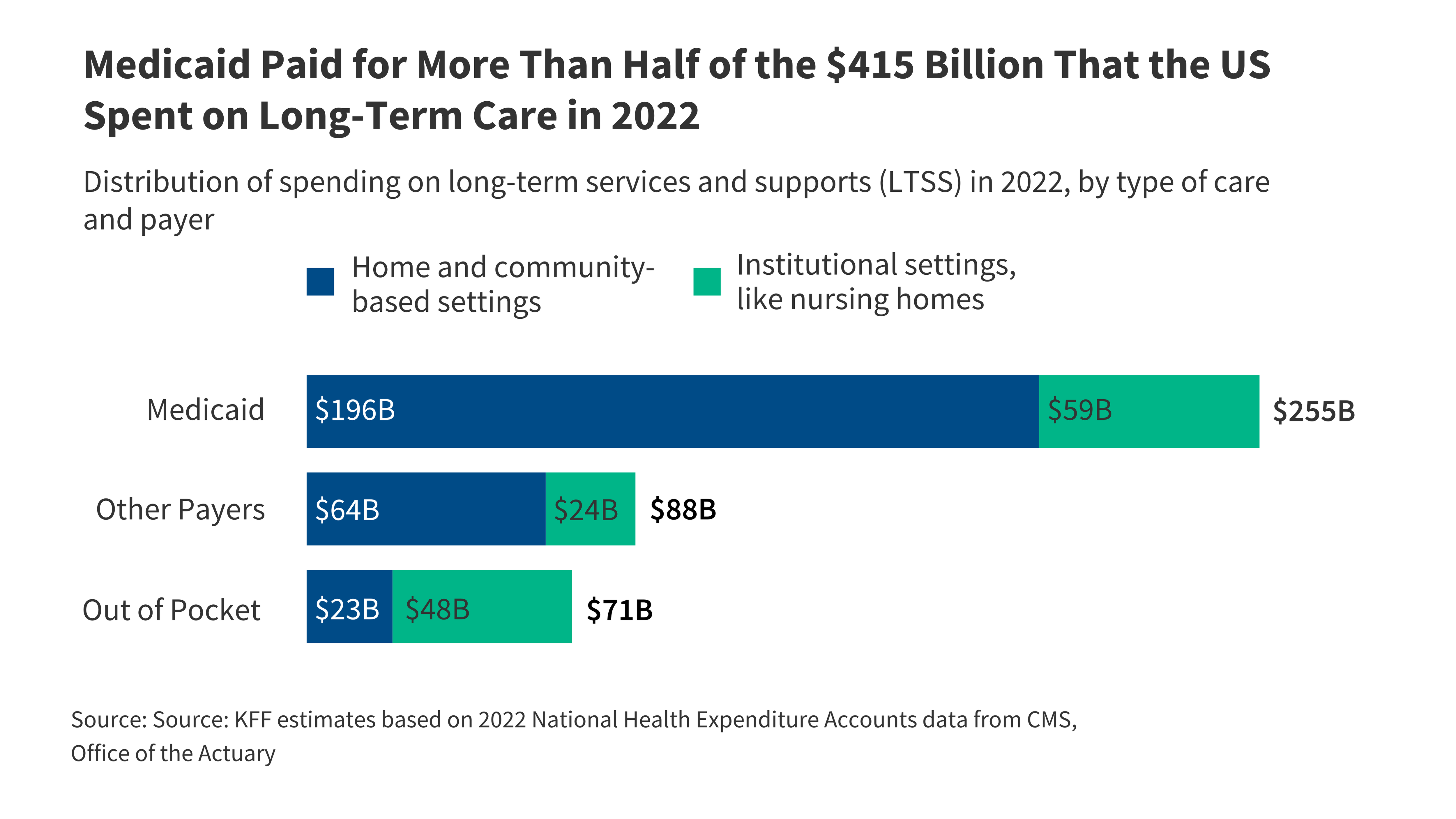 Options under consideration in Congress to significantly reduce Medicaid spending could have major implications for adults who live with mental illness.
Options under consideration in Congress to significantly reduce Medicaid spending could have major implications for adults who live with mental illness.Adults with Chronic Conditions
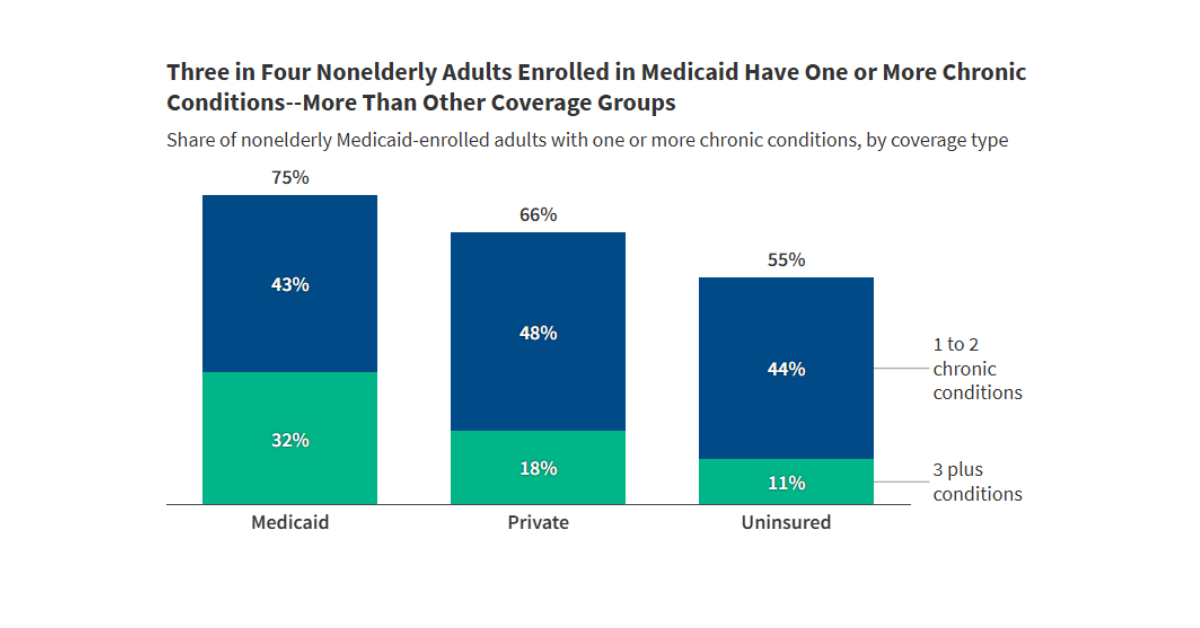 Among working age adults enrolled in Medicaid, approximately three quarters have one or more chronic conditions, and nearly one-third have three or more.
Among working age adults enrolled in Medicaid, approximately three quarters have one or more chronic conditions, and nearly one-third have three or more.
key facts about medicaid
Latest News
-
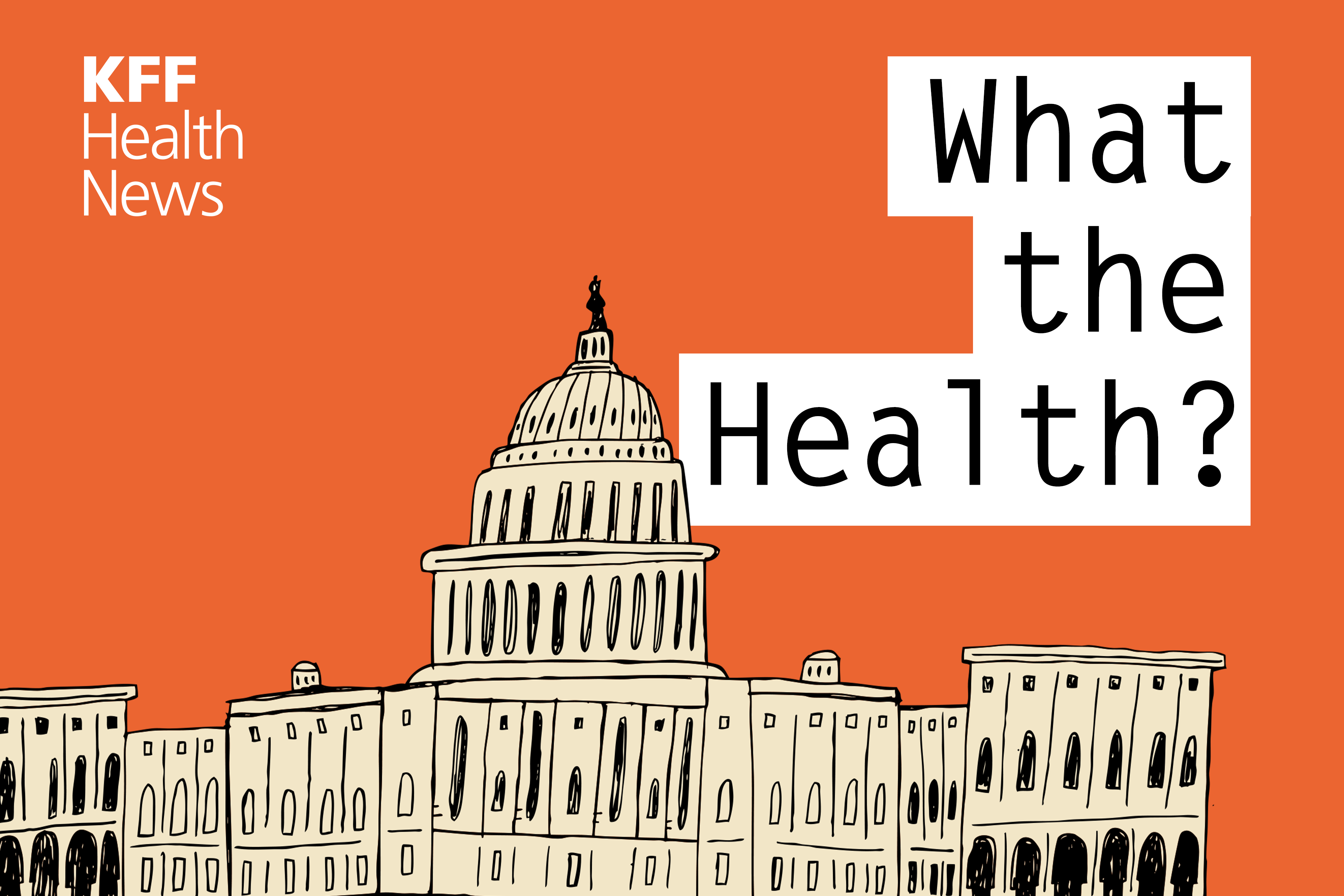
KFF Health News' 'What the Health?': Trump’s Bill Reaches the Finish Line
-

GOP Governors Mum as Congress Moves To Slash Medicaid Spending for Their States
-

To Keep Medicaid, Mom Caring for Disabled Adult Son Faces Prospect of Proving She Works
-

El megaproyecto de ley republicano supondrá más costos de salud para muchos estadounidenses

